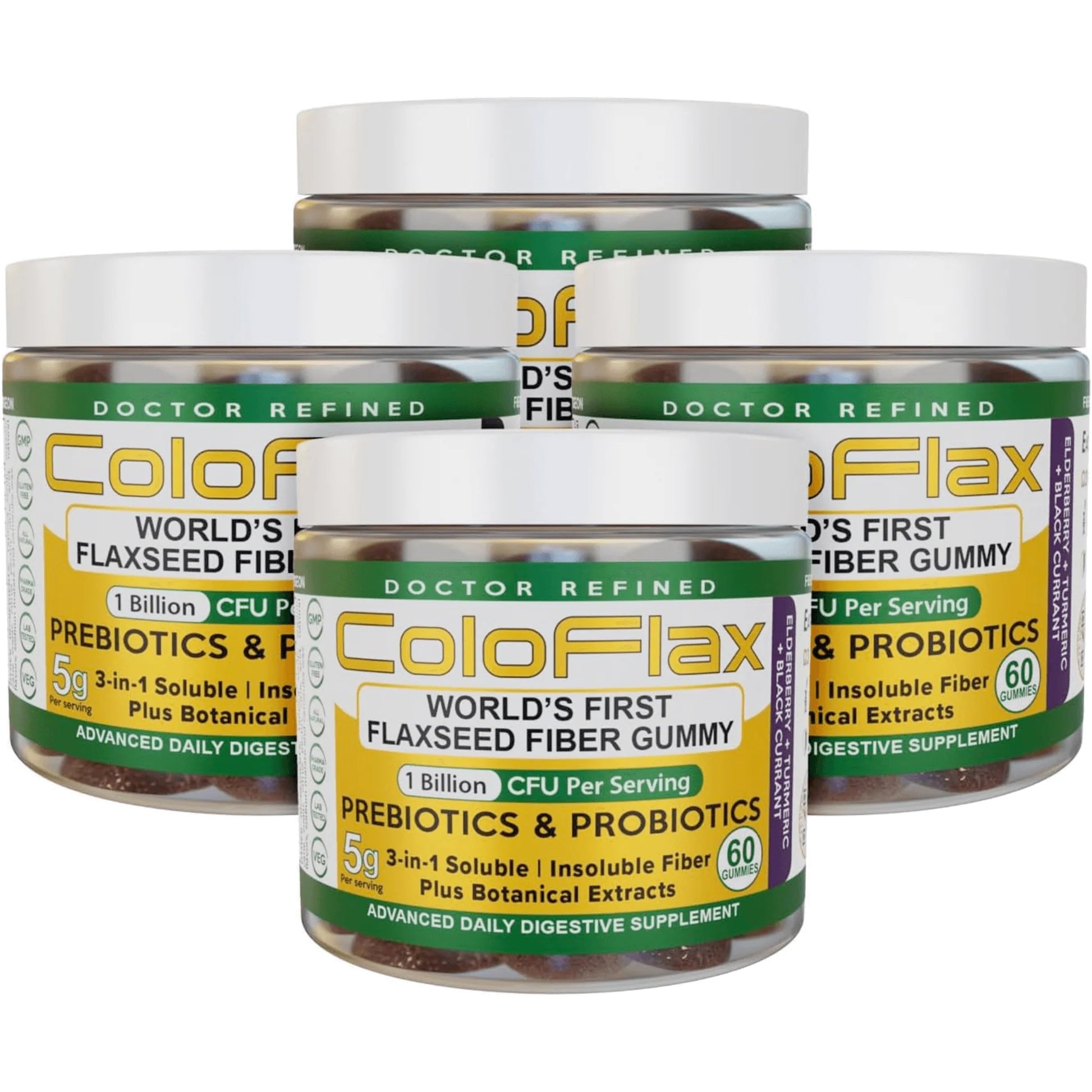It seems like there is a new superfood every week. It’s partly the result of new studies and new availability—some amazing new research is conducted or previously localized foods go global. But it’s mostly down to marketing, and as marketers always shout the loudest, it’s hard to know what’s truly ground-breaking, what’s misinformation, and what’s an exaggeration.
With that in mind, let’s look at the foods and herbs that deserve to be called the best superfoods.
Before we begin, bear in mind that there is no strict definition for what constitutes a “superfood”, and while we’ll try to be impartial, this is still just our opinion.
Broccoli

The food that is almost universally despised and feared by children is also one of the healthiest things that you can eat. It’s a true superfood and one that everyone should add to their diet.
Firstly, let’s focus on the macronutrients.
Two cups of broccoli contain about 5g of both fiber and protein. That’s nearly 10% of your recommended protein intake and around 20% of your fiber intake in a serving of just 60 calories!
It is also low on the glycemic index (GI), which means it has a minimal effect on your blood sugar levels.
As for the micronutrients, broccoli is very high in vitamin C, and that 60-calorie serving will give you more than 2.5x the vitamin C you need for an entire day. It also has over 200% of your recommended daily intake of vitamin K and between 10% and 20% of potassium, selenium, phosphorus, vitamin A, and folate.
And that’s not all, as broccoli is a great source of antioxidants, powerful compounds that can destroy free radicals and support overall health and well-being. These include sulforaphane, which is converted from glucoraphanin during digestion, as well as zeaxanthin and lutein.
Incidentally, the glucosinolate compounds in broccoli are the reason it tastes so bitter and unpalatable. But the levels of bitterness aren’t the same for everyone. There is a gene known as hTAS2R38 that dictates how bitter certain foods are, including broccoli and Brussels sprouts. (1)
About 70% of the population tastes bitterness in broccoli and this can make the food difficult to swallow. If you don’t perceive the vegetable to be bitter and actually enjoy the taste, you could be in the 30%. These numbers vary by ancestry, with very few Native Americans falling into the “bitter-tasting” group
Flaxseed

Flaxseed has been cultivated, used, and consumed for thousands of years. The plant is harvested and processed into linen and the seeds are used for food and oil. It’s not just a superfood, it’s a super-plant, and it’s one that has played a key role in the growth of human civilization.
It’s the reason why flaxseed features so prominently in our ColoFlax Fiber Gummy.
A single tablespoon of ground flaxseed contains over 1g of protein, 2g of fiber, and just under 40 calories. What’s more, it is a great source of vegan-friendly omega-3 fatty acids, as well as thiamine, manganese, copper, magnesium, and phosphorus.
Regular consumption of flaxseed can support digestive health and heart health, and the fact that it’s so abundant and versatile means it’s easy to add flaxseed to your diet.
Cavolo Nero

Cavolo is also known as “black kale” or “Tuscan black kale”, but it actually means “black cabbage” in Italian. Arguably, covolo nero is a more potent superfood than either cabbage or kale, and that’s saying something!
Just like broccoli and other brassicas, covolo nero contains glucoraphanin, a precursor to very powerful antioxidants. It is also an excellent source of lutein, as well as vitamins K, C, A, and several B vitamins.
To give you an idea of just how good covolo nero is, two cups of this superfood provide well over 400% of your DV of vitamin A and about 1,400% of vitamin K (no, that’s not a typo). You’ll also get over 260% of vitamin C and between 5% and 50% of all the following nutrients:
- Manganese
- Calcium
- Copper
- Potassium
- Magnesium
- Vitamin B6
- Phosphorus
- Vitamin B2
- Vitamin B3
- Iron
- Vitamin B1
On a macro level, covolo nero doesn’t have a great deal of fat, but what it does have is largely alpha linolenic acid, an omega-3 fatty acid also found in flaxseed. Those two servings will also give you over 4g of both fiber and protein.
To put all of that into perspective, two cups of covolo nero contain approximately 65 calories!
Turmeric

Turmeric is a common spice that you’ll find in many Indian dishes. It’s cheap, widely available, and if research is to be believed, very good for you.
Turmeric’s health benefits are largely derived from a compound known as curcumin. It has been shown to have anti-inflammatory and antioxidant properties and has been linked to a range of health benefits.(2)
It’s become such a beloved superfood that people are even recommending it as a teeth whitener, although most of the “evidence” in that regard is purely anecdotal.
Turmeric is not high in fiber and protein like other foods on this list and it won’t give you a dose of healthy fats either. But if you want to maximize the flavor and antioxidant content of your dishes, it’s ideal.
You can use it in its dried form or natural state. Turmeric roots can even be frozen, so you can keep them indefinitely and simply cut/grate them as needed.
Chia Seeds

Chia seeds, just like flax seeds, are highly nutritious seeds that provide a source of plant-based omega-3 fatty acids, as well as many other nutrients.
A single ounce of chia contains less than 150 calories, along with around 5g of protein, 10g of fiber, and several vitamins and minerals. These seeds are very high in antioxidants and found in your local grocery store and health food store.
One of the great things about chia seeds is that they take on water and form a fibrous, gelatinous plug. If you’re struggling to lose weight and constantly fighting hunger pangs, a spoonful of these seeds could make a massive difference. They will slow down digestion and make you feel fuller for longer.
The act of slowing digestion could also support heart health and blood sugar levels.
Spirulina

Spirulina is algae that’s often sold in powdered form. It’s also one of the main constituents of many “green drinks”, and once you learn about its nutrient content, you’ll understand why.
An ounce of spirulina (80 calories) contains all of the following:
- 16g Protein
- 85% Copper
- 60% Riboflavin
- 44% Iron
- 27% Manganese
- 18% Niacin
- 10% Pantothenic Acid
It is also a source of omega-3 and omega-6 fatty acids and contains small doses of many other vitamins and minerals.
It’s not the most palatable of foods—if you thought broccoli was bitter, just wait until you taste spirulina. However, it can be added to other foods and spooned into a smoothie. It’s a great way to increase your protein intake using a plant-based source.
Avocado

Few foods have defined an entire generation as much as avocado. In the last couple of decades, it has grown from a food only seen in guacamole to one of the most popular fruits in the world.
In fact, between 2000 and 2021, US avocado consumption increased by nearly 600%, and they are showing no signs of slowing down.(3)
Not only do avocados taste great, but they are packed with goodness. A large avocado contains a whopping 14g of fiber, lots of healthy fat, and between a fifth and a half of your daily recommended intake of vitamin C, vitamin E, vitamin K, vitamin B2, vitamin B3, vitamin B6, folate, copper, and potassium.
The only downside is that those nutrients come with over 300 calories. Still, while it’s not the most calorie-efficient way to get your fix of essential vitamins and minerals, it is a great way to meet your fiber goals. The fat content could also support heart health.
If you enjoy your avocado with a little oil and salt, be sure to use olive oil. It’ll add even more healthy fats.
Raspberries

It would be a sin to write an article about the healthiest superfoods and not include a single berry. Most of the time, that berry would be the blueberry, one that has been linked to countless health benefits. But we’re going with its sharper, bolder cousin, and there are a few reasons for this.
Firstly, raspberries are very low in calories and surprisingly high in fiber. A 125g serving contains just 65 calories, yet it also includes 8g of fiber. To put that into perspective, you could meet your daily fiber intake with just 250 calories worth of raspberries.
Raspberries are very high in vitamin C and a plethora of potent antioxidants, including ellagic acid and quercetin.
Blueberries have a much higher antioxidant content, but when it comes to fiber content, nothing beats the raspberry.
Blackberries are also worth considering. They have a sharper taste and aren’t as popular, but they have a very similar nutrient profile and contain just as much fiber. They are also stronger in the antioxidant department.
Garlic

Whether you’re smearing it on baked bread, adding it to tzatziki, or mixing it with mashed potatoes, garlic is a wonderful ingredient. It tastes great and can bring any savory dish to life. But its benefits go beyond that, as garlic is highly nutritious.
Regular garlic consumption could support heart and digestive health. It’s a fantastic source of vitamins and minerals (vitamin C, B vitamins, potassium, copper, manganese, selenium, and calcium). But that’s not all, as garlic also has antimicrobial properties. (4)
For something a little different, try black garlic, which is garlic that has been fermented. It has a surprisingly mild taste and works in just as many dishes. It also contains a higher concentration of antioxidants, as well as many of the other ingredients that make garlic such a potent superfood.
Tea

Tea is not technically a “food”, but it deserves to be included on any list of the healthiest plants, herbs, and foodstuffs. It’s incredibly high in antioxidants, including epigallocatechin gallate (EGCG), which is most prevalent in green tea.
It’s a low-calorie, antioxidant-rich drink that has been linked to a number of health benefits. Of course, tea also contains caffeine, but it’s natural, and if you stick with green tea or white tea, the concentration is just a fraction of that of coffee.
Green tea is often held in the highest regard, and not without reason. But black tea and white tea are also rich in beneficial antioxidants, so choose the one you like and drink it liberally!
Just remember, while red tea (also known as rooibos, honeybush, and red bush) is beneficial in its own right, it’s not technically “tea”. White, green, black, and pu’erh tea all come from the same plant and are simply harvested at different times or fermented to different degrees. Rooibos comes from a different plant entirely.






